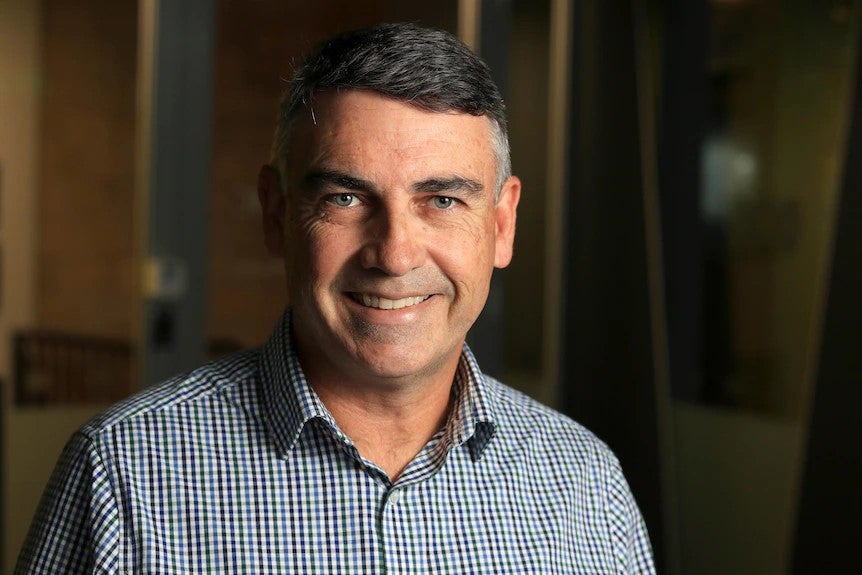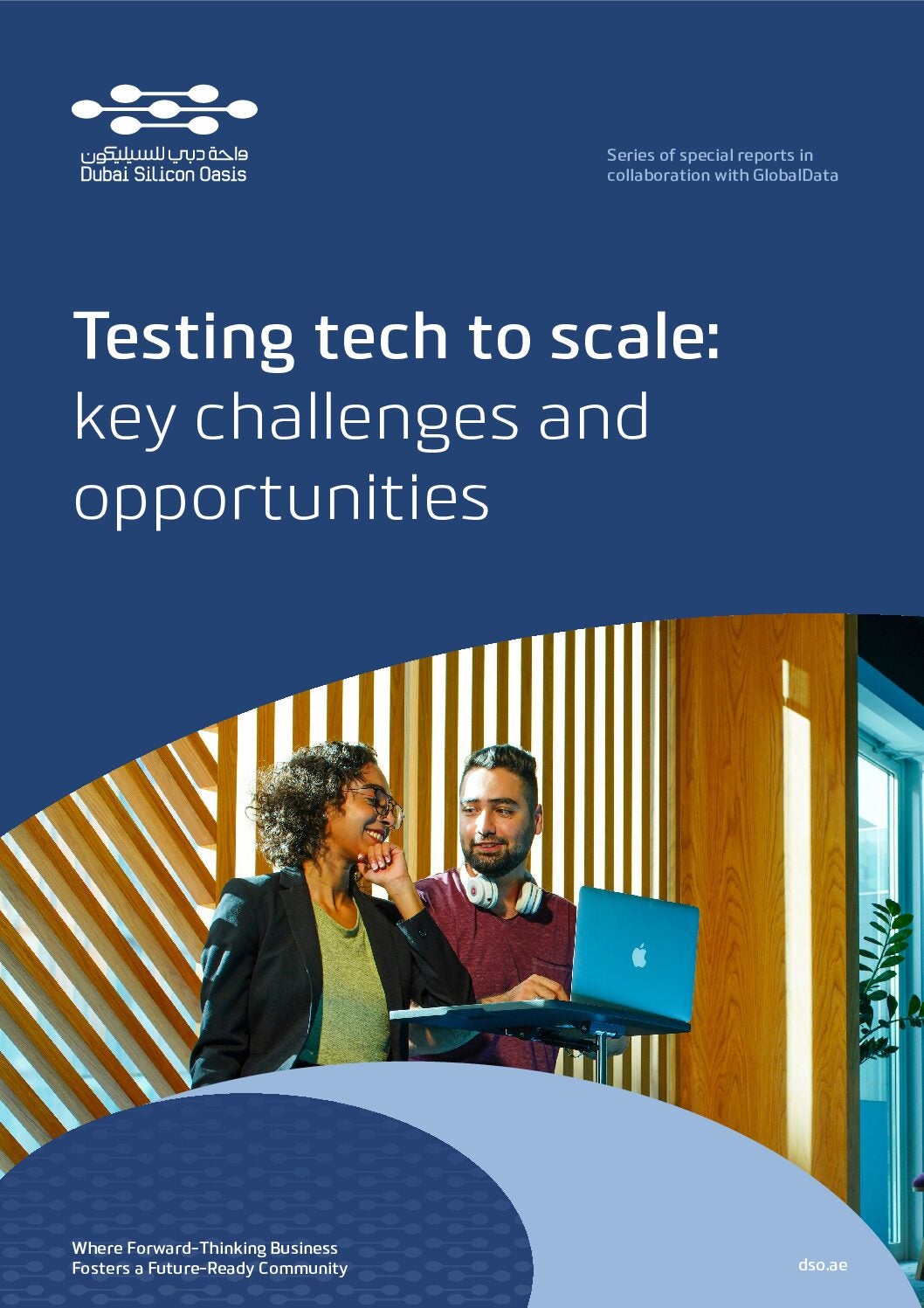
Mining has the potential to be an incredibly physically destructive industry. Even when done responsibly, with the utmost care taken, the act of mining unavoidably involves displacing vast amounts of earth, and in many cases, constructing massive shafts plunging deep into the ground. When a mine has reached the end of its commercial life, and all that can reasonably be extracted from the area has been taken, these underground structures remain, a potentially dangerous blot on the landscape.
However, where some saw dead space, Mark Swinnerton saw massive clean energy potential. Swinnerton spent 25 years in global mining before founding Green Gravity, an Australian start-up that provides technology to store renewable energy using legacy mines.

US Tariffs are shifting - will you react or anticipate?
Don’t let policy changes catch you off guard. Stay proactive with real-time data and expert analysis.
By GlobalDataIt works like this: heavy weights are suspended in a disused mine shaft. Lowering the weights winds a generator to create electricity. When supply of renewable power outstrips demand, this energy is used to raise the weights to the top of the mine shaft. When demand is higher, these weights are lowered, winding the generator and supplying clean energy to the grid. It’s a concept so beautifully simple and elegant that one wonders why no one thought of it sooner.
However, the challenge comes when it is time to pick the ideal mine and install the equipment. Safely gaining a full understanding of the geography of a mine takes time and skill; but a smarter solution exists. Swinnerton and his team at Green Gravity have leveraged digital twin technology to create 3D, AI-powered maps of potential locations for new storage systems – and examine their potential pitfalls.
Green Gravity partnered with Nvidia to build a digital prototype simulation of a mine, which, when complete, can be scaled to map and design for mines up to 7,000ft deep. It is already saving the company time and money; speaking to Nvidia, Swinnerton states that “thanks to what we inferred with a digital twin, we have been able to save 40% of the costs of our physical prototype by shifting from three weights to two and moving them ten instead of 15m vertically.”
Here, we speak to Swinnerton to see how Green Gravity turns abandoned mines into a green revolution, and how digital twins are helping the company to get there.

Can you explain what Green Gravity does?
I wanted to both take personal action on climate change and to enable the mining sector to be part of the energy transition.
Mark Swinnerton
Our technology, described as gravitational energy storage, involves lifting heavy weights up a legacy mineshaft using excess renewables, and lowering the weights back down again at a later time. The scalability of the technology is significant with more than one million legacy mineshafts globally. Our company offers mining companies and governments new options to reuse legacy infrastructure and accelerate the deployment of renewable energy.
How did you come to establish Green Gravity? What inspired you to do it?
When leaving my career in mining, I wanted to both take personal action on climate change and to enable the mining sector to be part of the energy transition. In exploring issues, I found that renewable energy requires increasing quantities of energy storage to smoothly integrate to the grid, while I also discovered there are 20-times as many retired mines are there are active ones. I was inspired to find a way to bring retired mines to participate in the renewable energy sector, which ultimately led to the development of gravitational energy storage at Green Gravity.
How do you incorporate digital twins into the development process?
We have embedded digital twinning into the core of the product development effort. For each step of physical product validation testing, we are building a digital twin of the testing environment. In this way, we are able to calibrate our digital twins using practical demonstration data, thereby providing high-resolution performance in our digital designs. This enables work to be done digitally at the expense of capital investment. We are also expecting to utilise digital twinning in site selection, optimising future designs and supporting operational performance.
What are the advantages of using digital twins over other mapping or planning methods?
Our use of digital twinning allows us to reduce investment in expensive physical equipment for testing the final commercial product. We are also able to conduct integration testing on large-scale builds of our infrastructure from the digital twin, ultimately enabling us to create learnings and improve design before spending capital to construct large sites.
What traits do you look for when selecting a mine to convert?
The ideal mine for the current design of our technology includes multiple deep, vertical mineshafts. The mine potentially is close to large industrial-scale electricity demand and has a site owner that has interests in enabling post-mining land use of the site.
What do the next five years and beyond look like for Green Gravity?
Green Gravity is completing technology development through the next 18 months, beyond which we expect to develop our first commercial-scale energy storage system for the grid. We are working with dozens of mining companies to examine prospective sites and will move through site project development to enable the technology to make a meaningful impact on grid energy storage needs over the next five years.




